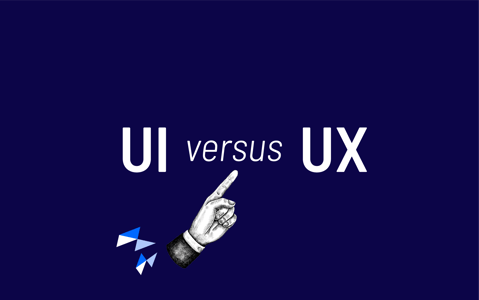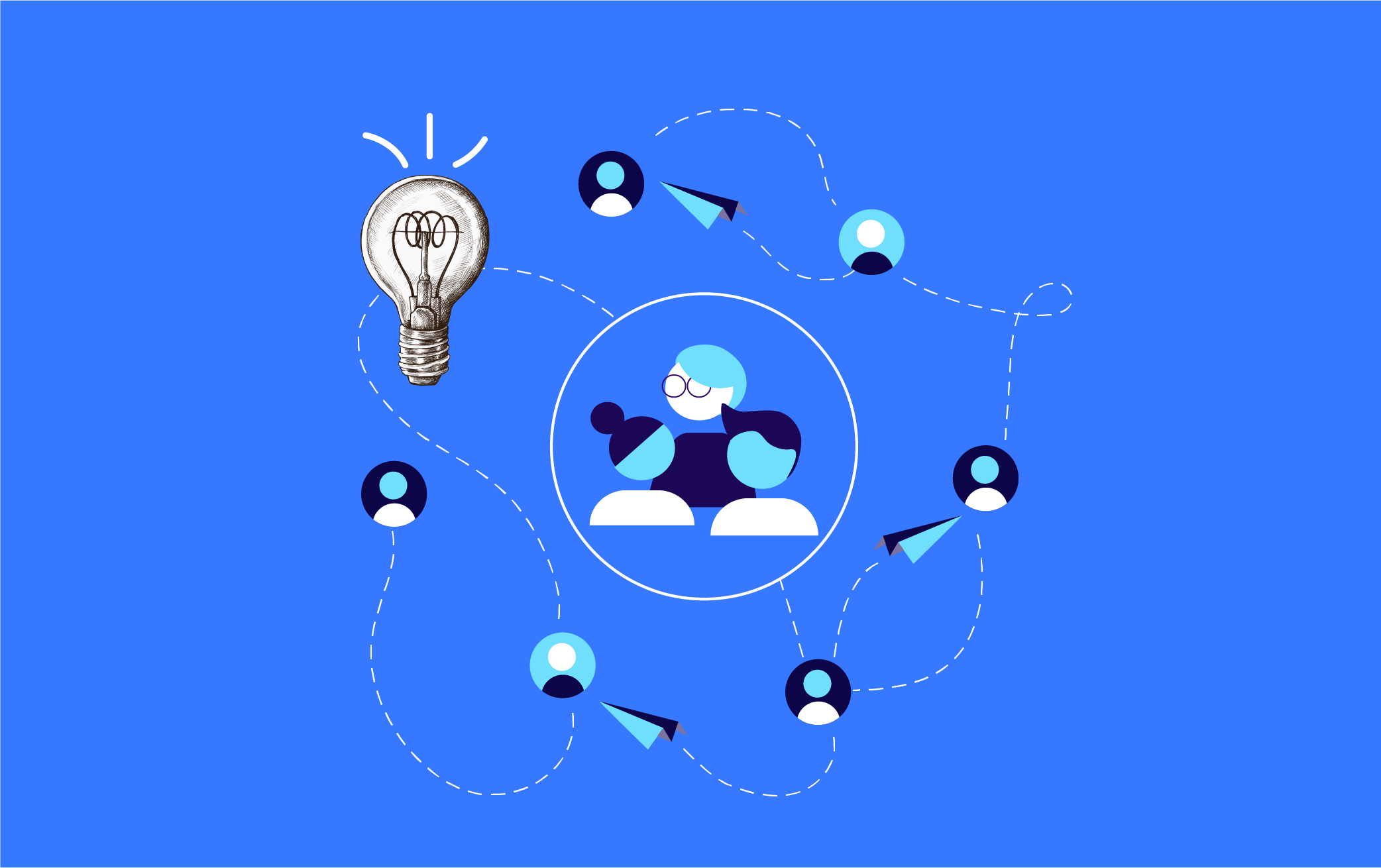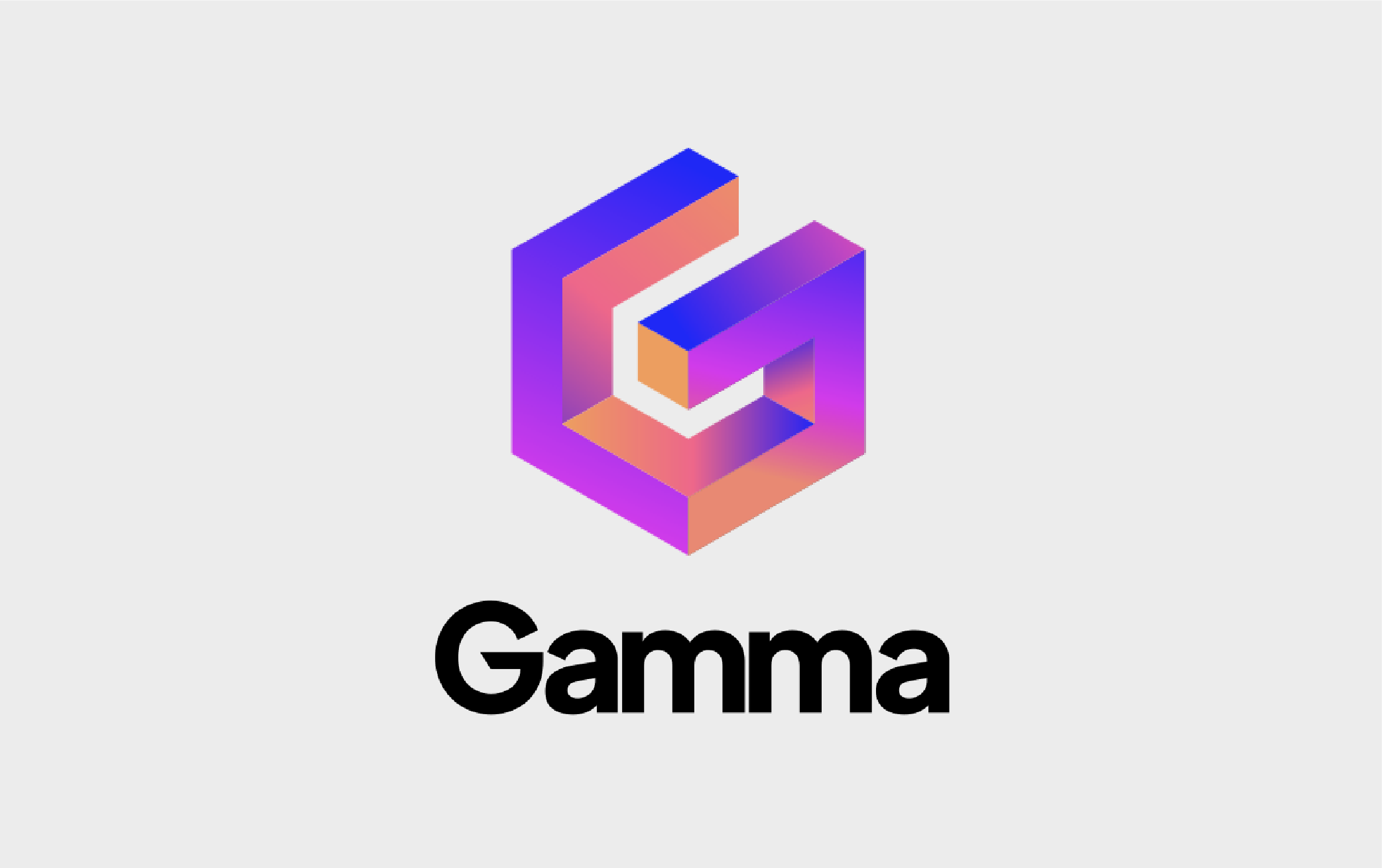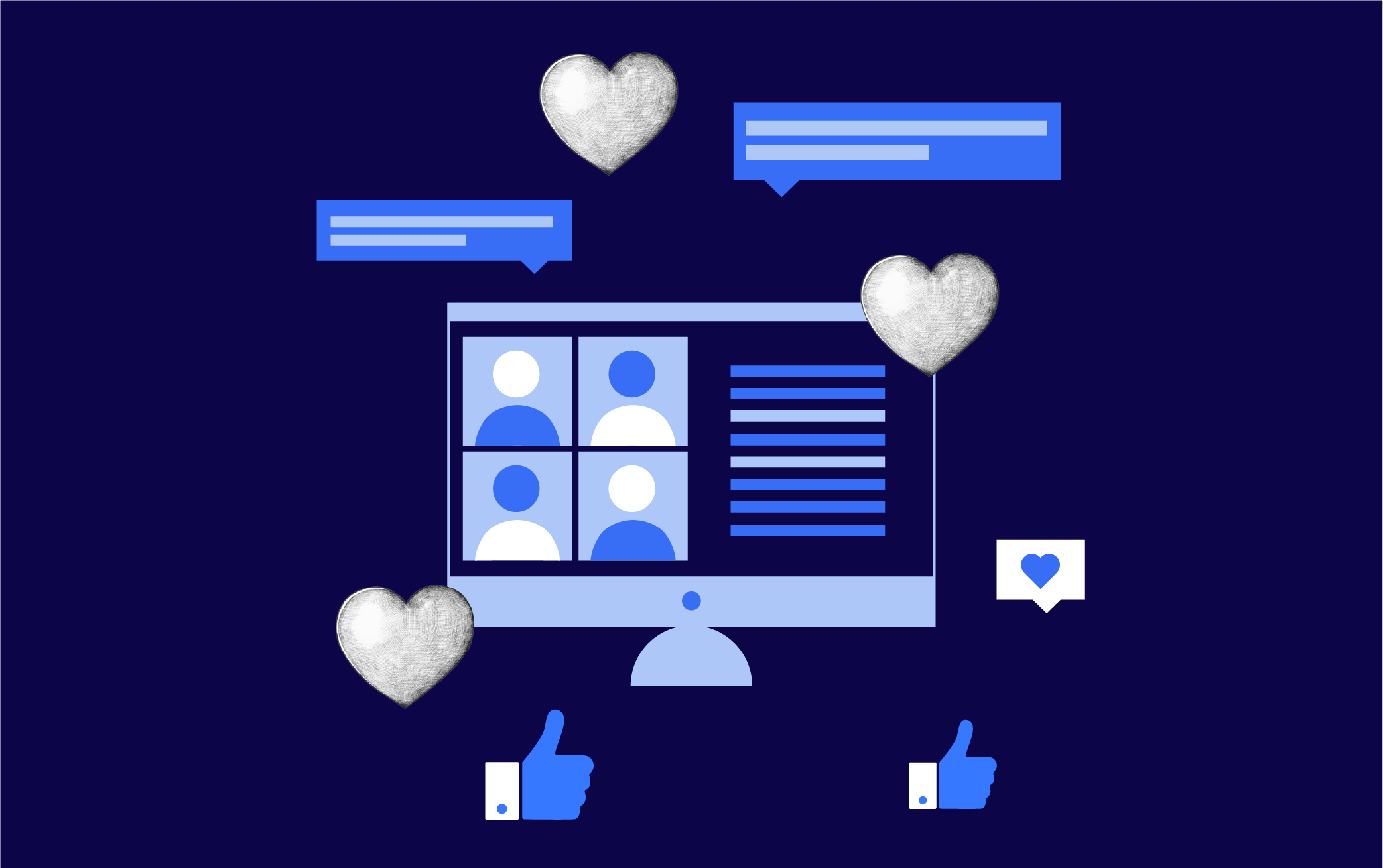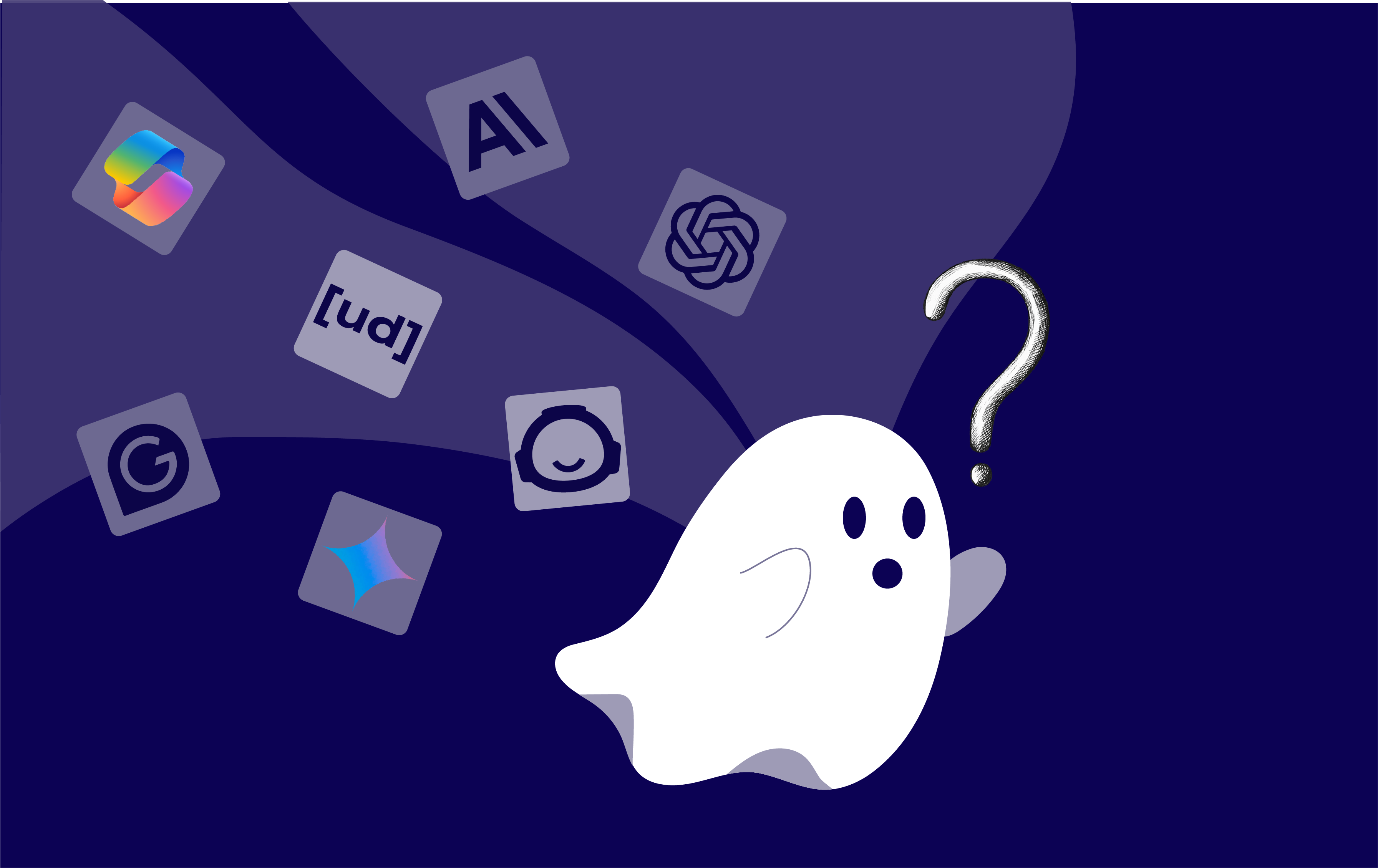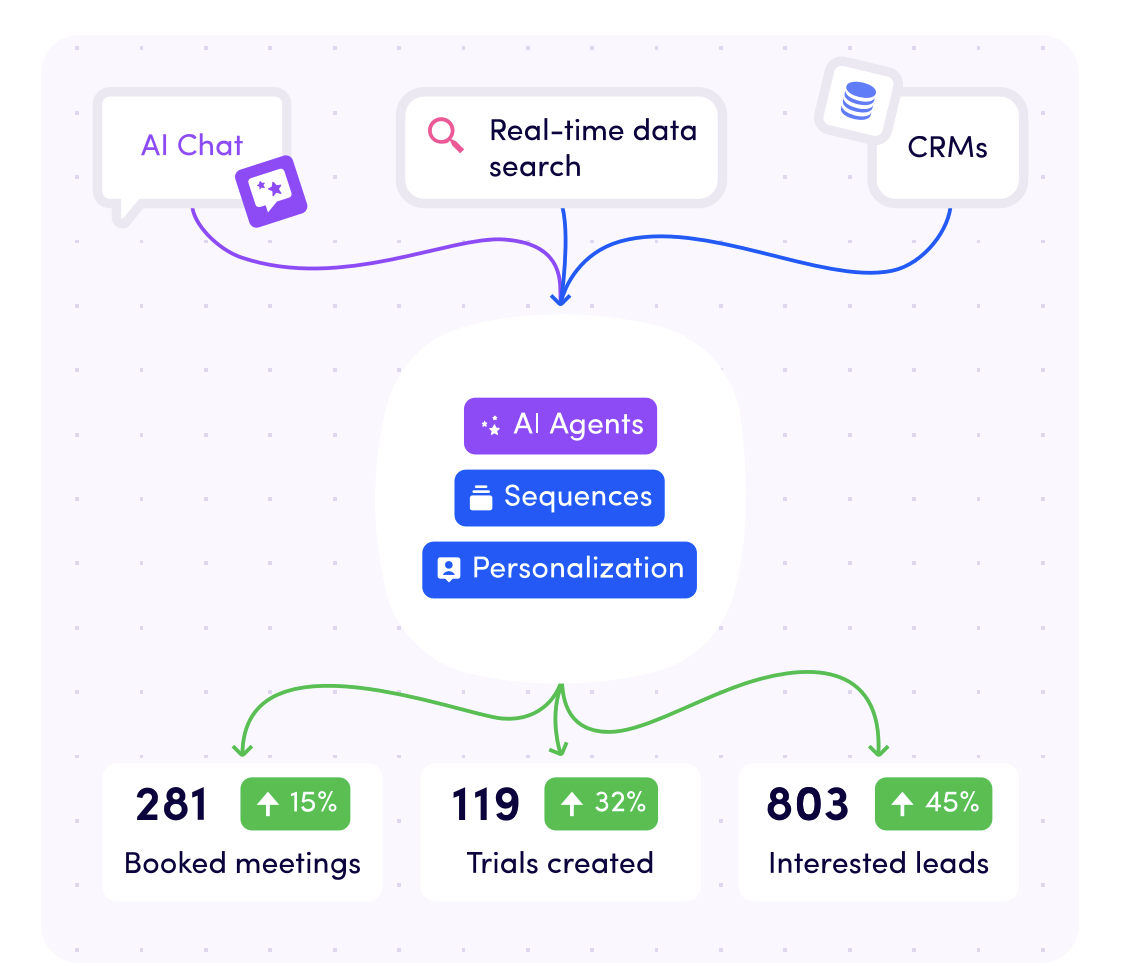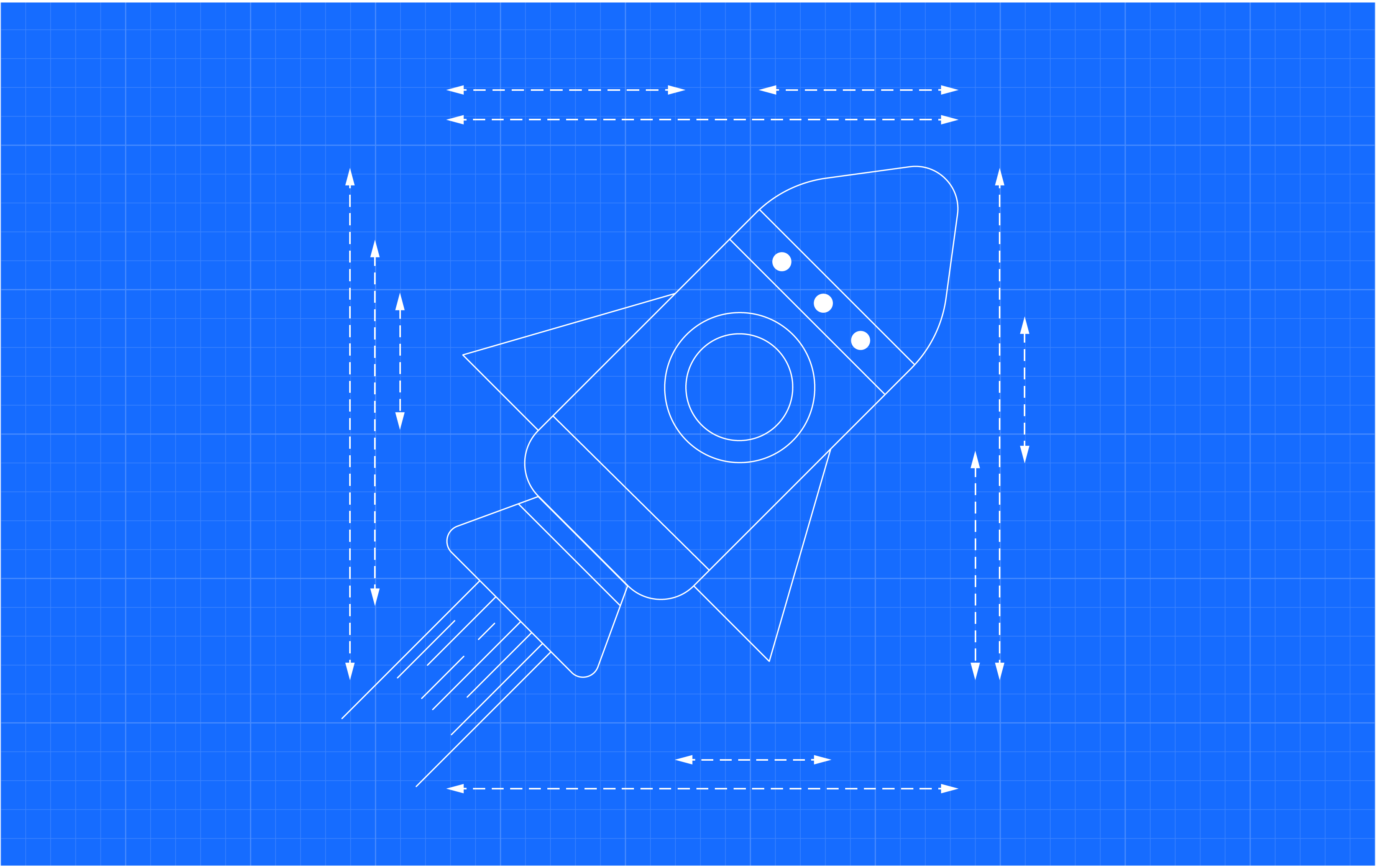UI design and UX design are confused more than “you’re” and “your.”
We can’t really blame people. The two terms are extremely similar and each has its place within digital design.
UI/UX design go hand-in-hand. One can’t survive without the other.
When a user visits your site they’re trying to accomplish a goal. If the visual elements like colour and branding are great but the actual experience of interacting with the site is poor, you’ll probably lose them.
Conversely, if the experience is satisfactory but your site just doesn’t appeal to the user’s aesthetic tastes, you risk losing out to a competitor that manages both elements more cohesively.
But before you jump into either, it helps to know what distinguishes UI and UX from one another. And what role they play in the digital world.
UX = User Experience
A rather broad term when you look at it, so what exactly does “user experience” relate to?
The definition has somewhat changed over the years as machine learning and scrupulous data analysis have become synonymous with marketing.
We have access to massive amounts of data that tells us more about our customers than ever before.
Naturally, our design processes have grown and become more refined. This has opened up new roles in the design industry whose job it is to interpret this data and hone in on what makes people tick.
Enter UX design.
Simply put: The objective for a UX designer is to create a customer journey that solves a user’s problem.
Take signing up for an email list as an example.
As a UX designer, you’ll start by researching the “who”.
Typical aspects of market research might include:
Implementing this data will allow you to begin designing a user flow that will lead users from point A - visiting your site - to point B - signing up for your email list.
The better and more accurate the data, the more success you’ll likely have.
Once the journey for how a user can do this has been determined, the project can move forward to the wireframing stage where a prototype will be made for review.
Nervous pause.
It’s good! The team all agree you’ve done fantastic work.
As a UX designer, you’ve clearly done your research, identified the pain points of your users and created a customer journey that seamlessly solves the user’s problem.
Typically, this is where our friends, the UI designers, step in and take the reins.
UI = User Interface
As a UI designer, you'll take all of that knowledge and research collated by your UX partner and turn it into a usable interface.
The goal here is to take the user on a visual journey that is aesthetically pleasing, has high usability and is optimised for different devices.
It’s fair to say that when a user visits your site, they will immediately connect (or disconnect) with the visual design.
Do the colour choices and font styles appeal to them?
Is it fun or formal?
How do they feel about the branding and interacting with it?
UI design is responsible for how a user feels as they move through your site and UX is how easy the experience is.
There are mandatory elements to consider with UI design like the colour scheme and font choices. As well as how your user will interact with the site.
Here are a few examples of basic UI design principles:
Now that you’ve established these elements, all that’s left is to create a mockup design for the interface, which will eventually be tested for feedback.
UI/UX Design. Not so different after all
As you can determine by now, both UI design and UX design are co-dependent.
The end goal for UI/UX design is to deliver an enjoyable customer experience that solves their problem above all else.
Whether that’s completing a task or forming a human connection to a brand.
Both UX and UI design are conducive to a brand’s success.
But not every business is quick to act
Believe it or not - many businesses still don’t implement these UI/UX design strategies in their marketing and are paying the price for it!
Last year, the industry reflected this with some astounding stats pertaining to UX and UI design.
- 88% of users say they don’t return to a site that isn’t user-friendly
- 60% of users don’t find the information they were looking for
- Over 70% of small business websites (sample of 200) did not have a CTA button
- 85% of adults believe that a mobile site should be as good, or better than the desktop equivalent
- 94% of a user’s first impression is design-related
- It’s 6x more expensive to gain a customer than it is to keep one.
If there’s one thing we can be certain of in UX and UI design, it’s that positive user experiences are the foundation for attracting new audiences and retaining existing ones.
What to do next
We hope that you’ve enjoyed learning a little more about the differences between UX and UI design and how they contribute to well-conceived design practices.
To become a UX designer check out our UX Design Diploma right here at Growth Tribe.
